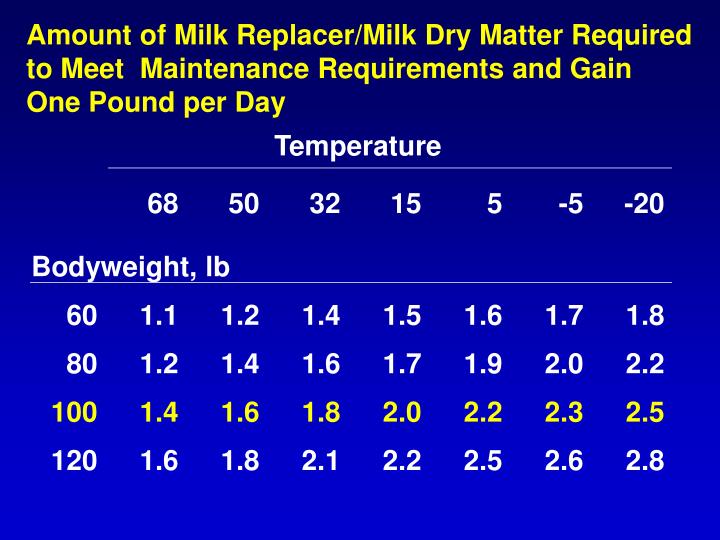5 Tips for Raising Better Heifers

Whether you raise your replacement heifers on your farm or send them to a calf raising facility raising heifers that are ready to be productive 1st lactation cows is important. Here are five tips we recently learned at the Arm & Hammer Animal Nutrition Heifer Tour 2015 that we think can be easily implemented on farms across the country. Dr. Robert Corbett, DVM, encourages producers to not think about their heifer programs so much in terms of tradition but as an opportunity for increased profitability.
- Feed calves quality colostrum and plenty of it.
When harvesting colostrum Dr. Gene Boomer, DVM, Arm & Hammer Animal Nutrition, says that hygiene plays a huge role in reducing pathogen exposure of calves and maintaining high quality standards. While quality is important ensuring calves get enough colostrum is crucial. Corbett says calves should receive 10% of their body weight in their first feeding of colostrum and another 5% at a second. “That calf’s belly is empty,” he says. “Research indicates calves not receiving adequate colostrum grow at 2/3 rate of other calves.” Shorting a heifer in her first 24 hours of life will impact her growth the rest of her life according to Boomer.
- Don’t starve calves
Are your calves getting enough to eat? You might be surprised to find out that often, they aren’t. This chart from Dr. Van Amburgh at Cornell University helps explain the maintenance requirements of a calf in cold temperatures.

Corbett says most of the time two quarts twice a day isn’t enough. “In the ideal situation, and if labor allows it, calves should be fed 3 quarts three times per day,” he says. In high heat situations the trouble comes with increased energy demands and decreased appetite according to Corbett. In cold situations the energy demands increase and while the calves haven’t necessarily lost appetite, he says they have a lower ability to digest dry matter. This can be remedied by fortifying whole milk or feeding higher quality milk replacer.
- Wean calves slowly
“Not all heifers are ready to be weaned at the same time,” says Corbett. “They should not be force weaned by reducing milk either.” He encourages producers to look past tradition and focus more on dry matter consumption than age when weaning heifers. “Calves that are ready to wean should be eating 2 lbs. of calf starter per day for three consecutive days before you start to wean them,” he says. Clark Bown of Bown dairy says that his calves are in their hutches 7-10 days after beginning the weaning process to decrease stress levels. Corbett encourages producers to wean as gradually as possible.
- Avoid The Long Term Effects of Morbidity
Dr. Joe Harner of Kansas State University says “Good facilities can’t replace good management.” This is especially true with raising productive heifers. One major priority according to Corbett is to keep calves from getting sick to begin with. “The goal is prevention not early treatment,” he says. A recent study from Cornell University showed that calves treated with antibiotics gave 1,084 lbs. less milk during their 1st lactation than untreated calves. Don’t forget to take care of weaned calves too!
- Breed Heifers At the Right Time
According to Corbett producers should again look past tradition and consider size of heifers before considering age when it comes to determining puberty. “Age at first calving has no impact on milk production,” Corbett says. “Breeding should be initiated when the heifer’s wither height is 51 inches.” According to his research, 28% of them should reach that height by 10 weeks at which point they should be 3 times their birth weight.
According to Boomer, the bottom line is that current input costs require more intensive heifer management and is an opportunity area for most farms. “Managers need to stop looking at the cost of more intensive management and focus on the cost per lb. of gain,” he says. Average daily gain directly correlates to the amount of milk the cow will produce in her first lactation according to Corbett and shouldn’t be ignored. Boomer says, “Today’s economy does not automatically give every dairy heifer a lactation career opportunity.”







